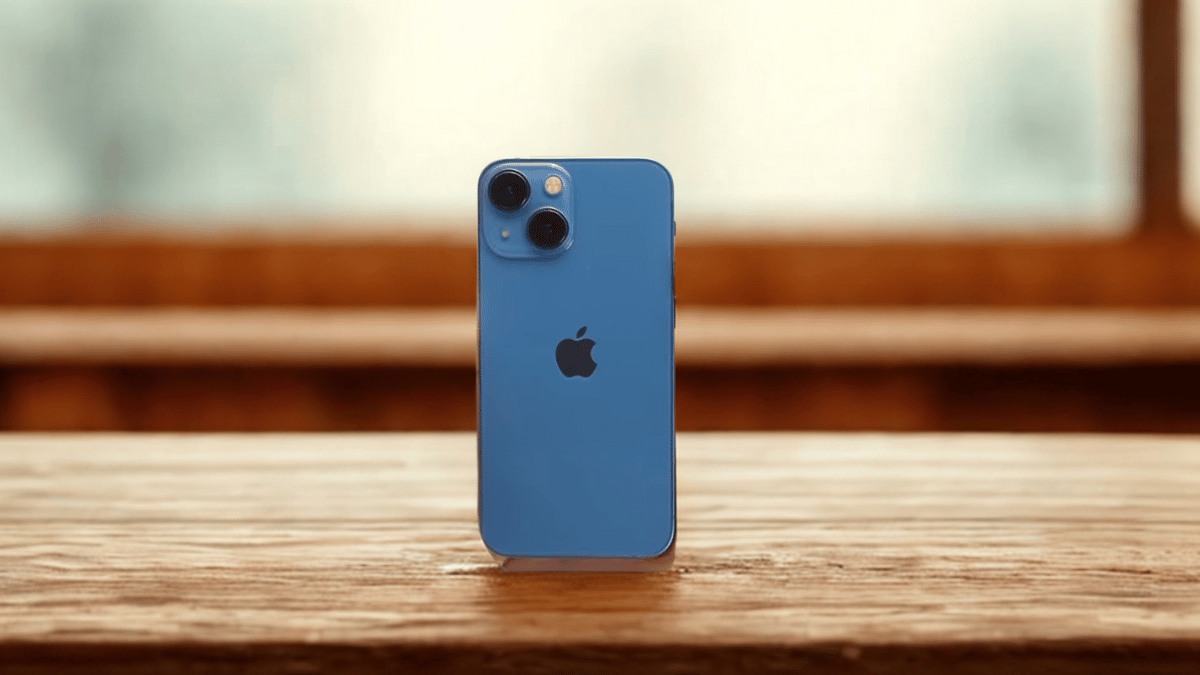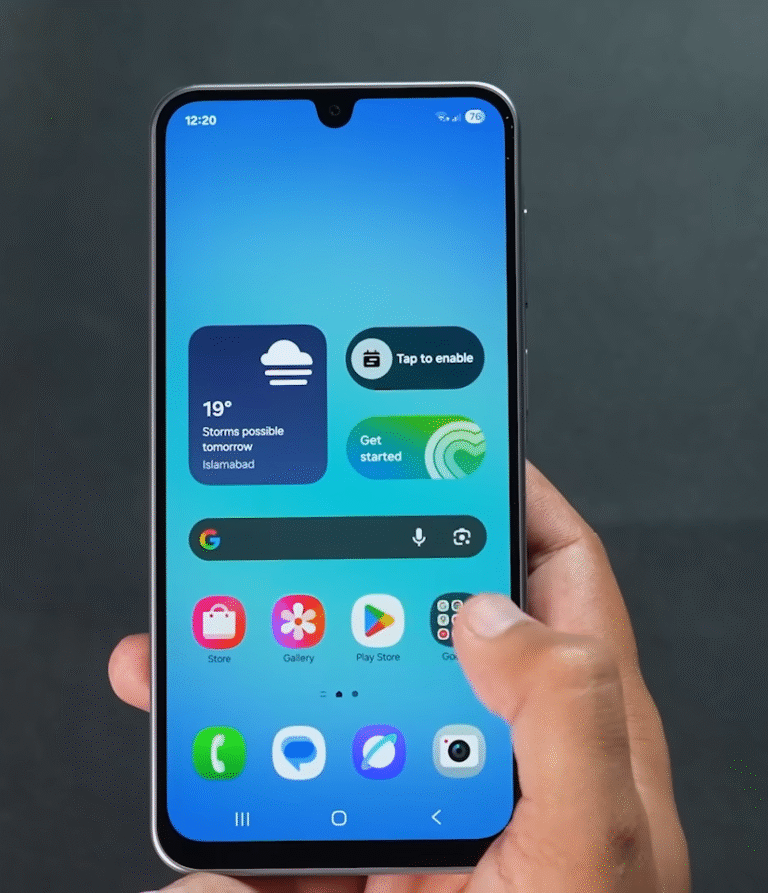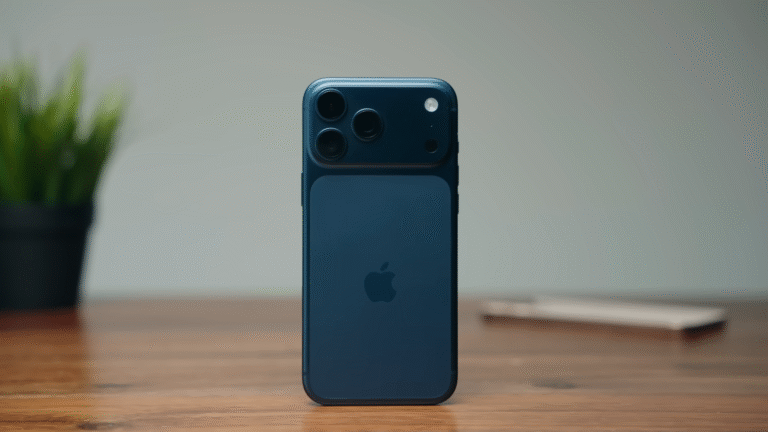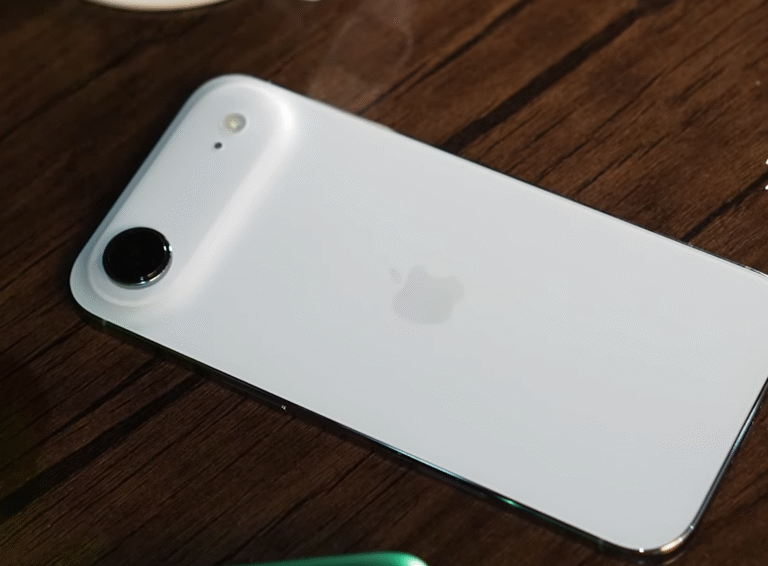
In the world of smartphones, trends keep changing fast. Every few years, the market shifts to something new — bigger screens, better cameras, foldable designs, and so on. But 2025 is shaping up to be different. This year, we’re seeing a sudden comeback of compact phones — small, pocket-friendly devices that fit easily in one hand.
Brands like OnePlus, Vivo, Xiaomi, and Motorola are all working on compact models. The OnePlus 13T, Vivo X200 Pro Mini, Xiaomi’s upcoming number series model, and Motorola’s Motorola Edge 50 Neo are all joining this new wave. After years of giant 6.7-inch and 6.9-inch displays dominating the shelves, phone makers are now shrinking things down again.
This shift is exciting — but it also reminds us of something important: not every compact phone has been a success. In fact, one of the most famous attempts to make a tiny flagship phone ended up being a commercial failure.
That phone was Apple’s iPhone 12 mini and its successor, the iPhone 13 mini. These phones were small, powerful, and praised by reviewers — yet they barely sold. So, what went wrong? And how can today’s brands avoid making the same mistakes?
Let’s go back in time and explore what happened.
Apple’s First Attempt at a Compact Flagship
When Apple launched the iPhone 12 mini in late 2020, it was something totally different from the usual trend of bigger and bigger phones. The device had a tiny 5.4-inch OLED screen and weighed just 133 grams, making it extremely pocketable and comfortable to use with one hand.
Despite its small size, it didn’t feel cheap. The 12 mini had Apple’s signature high-end design, a sharp OLED display, and a dual camera system capable of taking great photos. On paper, it was the dream phone for anyone who missed the days of smaller devices.
However, there was one major issue: battery life.
The phone’s compact size meant it had a tiny battery. Because of this, it struggled to last a full day on a single charge, especially for people who used their phones heavily for social media, streaming, or gaming. As a result, even though reviewers liked it, the iPhone 12 mini didn’t sell well.
The iPhone 13 Mini: A Much Better Device That Still Failed
Apple didn’t give up right away. In 2021, they released the iPhone 13 mini, hoping to fix what went wrong with the 12 mini.
This model looked very similar but had several improvements:
-
A larger battery, which added around 7 grams of weight
-
The newer A15 Bionic processor, which was more power-efficient
-
Better camera hardware and features
-
More storage in the base model
-
The same launch price as the iPhone 12 mini
Thanks to the bigger battery and efficient chip, the 13 mini delivered much better battery life. Many reviewers called it the best small phone ever made.
Yet, despite being a great phone, it still didn’t sell. Reports said it made up only about 5% of iPhone sales that year. Because of these disappointing numbers, Apple decided to discontinue the mini series entirely after just two generations.
So why did this happen? Why did such a good phone fail?
Why the iPhone Mini Failed: Two Main Reasons
After looking at how the market reacted, we can see two major reasons for the mini’s failure.
1. The Price Was Too Close to the Regular iPhone
One big problem was the pricing strategy. The iPhone 13 mini cost only slightly less than the regular iPhone 13.
For example, if someone had to pay just a little more to get a larger screen, longer battery life, and a more standard size, most people naturally chose the regular model. This made the mini feel like poor value for money, even though it was actually quite good.
This is sometimes called the decoy effect — where companies offer three versions of a product so that one looks like the best deal. But in Apple’s case, it backfired. Instead of making the regular iPhone look like a better deal, the mini just looked unnecessary.
People thought, “Why save a small amount and compromise on size and battery, when I can pay a bit more and get the full experience?”
Because of this, many customers skipped the mini entirely.
2. The Screen Size Was Just Too Small for Most People
The second reason is that the iPhone mini was simply too small for modern users.
Over the past decade, phone screens have gotten much bigger. Older iPhones used to have 3.5-inch or 4-inch screens, but now most models are 6.1 inches or larger. Android phones have also gone from 4-inch to nearly 7-inch displays.
So when people tried a 5.4-inch screen in 2020 and 2021, it felt tiny.
Typing was harder, watching movies or YouTube wasn’t as immersive, and gaming felt cramped. While the size was great for one-handed use and pocket comfort, it didn’t fit modern habits. People now use their phones for hours of video, social media, and multitasking — and that needs more screen space.
This shows that the iPhone mini was always going to be a niche product. It could only attract a small group of users who specifically wanted a very small phone. Apple probably had high expectations for sales, and when it didn’t meet them, they shut it down.
What Today’s Brands Can Learn From Apple’s Mistake
Now, in 2025, the smartphone market is once again experimenting with compact phones. But these new compact phones are quite different from the old minis.
The biggest difference is the definition of “compact” has changed.
Back in 2020, 5.4 inches was considered small. But today, many people see 6.0 to 6.2 inches as the ideal compact size — small enough to handle easily, but big enough for modern media use.
So if brands want their new compact phones to succeed, here are the key lessons they must follow:
1. Don’t Go Too Small
The main reason the iPhone mini failed was its size. In 2025, a phone around 6.1 inches can feel compact while still being usable for everything — social media, gaming, and video.
Anything smaller than 6 inches will likely face the same problem as the mini: it will feel too cramped for most people.
So brands need to aim for “compact but practical”, not just tiny.
2. Avoid Compromising on Battery Life
Another crucial point is battery performance. People hated the iPhone 12 mini mainly because it couldn’t last a full day.
But now, this is much easier to solve. Battery tech has improved. Some modern phones even have 6,000 to 8,000 mAh batteries. There’s also new silicon-carbon battery technology, which allows higher capacity in smaller sizes.
Processors are more efficient too, which helps extend battery life even further. This means brands can now build a compact phone that still delivers all-day battery life, something the mini could never do.
3. Keep the Flagship Features
Compact phones shouldn’t feel like a downgrade. People didn’t want a mini phone that had worse cameras or slower chips.
So if companies launch small phones, they must still include:
-
Top-tier processors
-
High-quality displays
-
Excellent cameras
-
Modern fast charging and 5G support
Basically, it should be a small version of a flagship, not a weaker budget device in disguise.
4. Smart Pricing Strategy
Finally, brands should position their compact phones carefully. They should cost noticeably less than the standard-sized models to attract budget-conscious buyers.
If the price difference is too small, people will always choose the bigger phone. This is the same mistake Apple made with the iPhone mini.
Why 2025 Is the Right Time for Compact Phones
There’s one more reason compact phones might work better today: technology has matured.
Display bezels are much thinner now, meaning a 6.1-inch screen phone can be smaller than an older 5.8-inch one. Cameras are also becoming more compact thanks to tech like Samsung’s AOP sensors. And as mentioned earlier, batteries are far more efficient and longer-lasting.
This allows brands to make smaller phones without removing features or cutting performance.
Also, smartphone usage habits are changing again. People are tired of carrying giant, heavy phones all day. Many users just want something lighter and easier to hold, especially as more tasks move to laptops and tablets.
So while “compact” phones in 2025 are not as tiny as the old iPhone minis, they hit a sweet spot — big enough to be practical, small enough to be comfortable.
Final Thoughts
The story of the iPhone mini is a fascinating lesson in smartphone history. It showed that being different isn’t always enough — a product also has to fit how people actually use their devices.
Apple built a beautiful, powerful, tiny phone, but it was too small and too close in price to the regular iPhone. That combination meant most people skipped it.
Now, in 2025, companies have a second chance to get compact phones right. If they aim for around 6.1 inches, keep all the flagship features, offer great battery life, and price them wisely, these new compact phones could become very popular.
It’s funny how things come full circle. What used to be the normal phone size is now being called “compact” — but this time, the timing and the tech might be just right.



